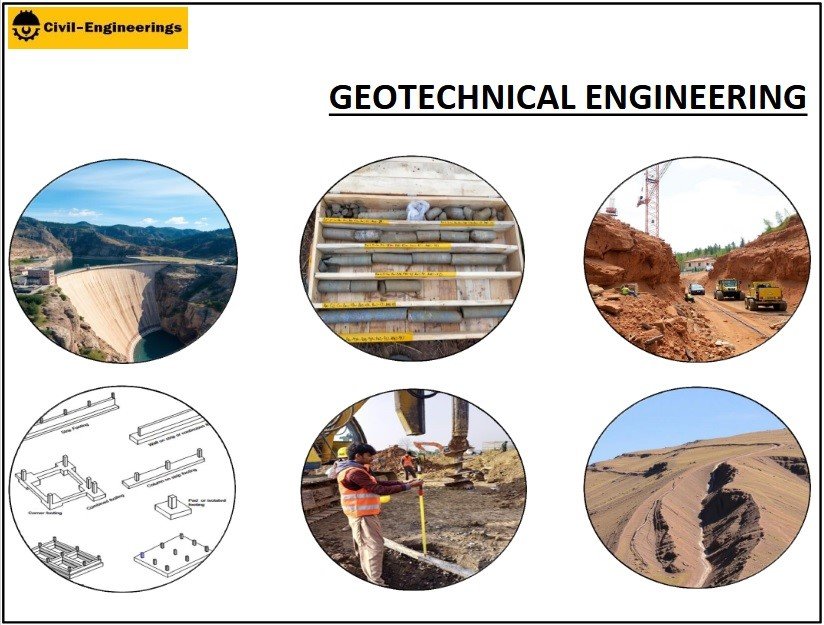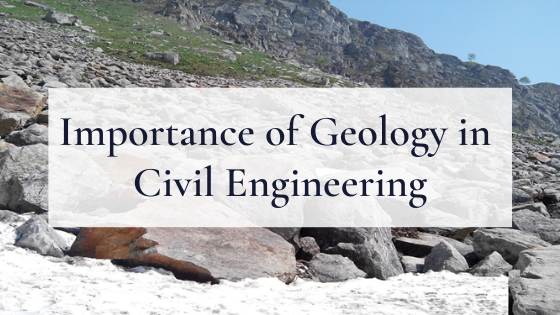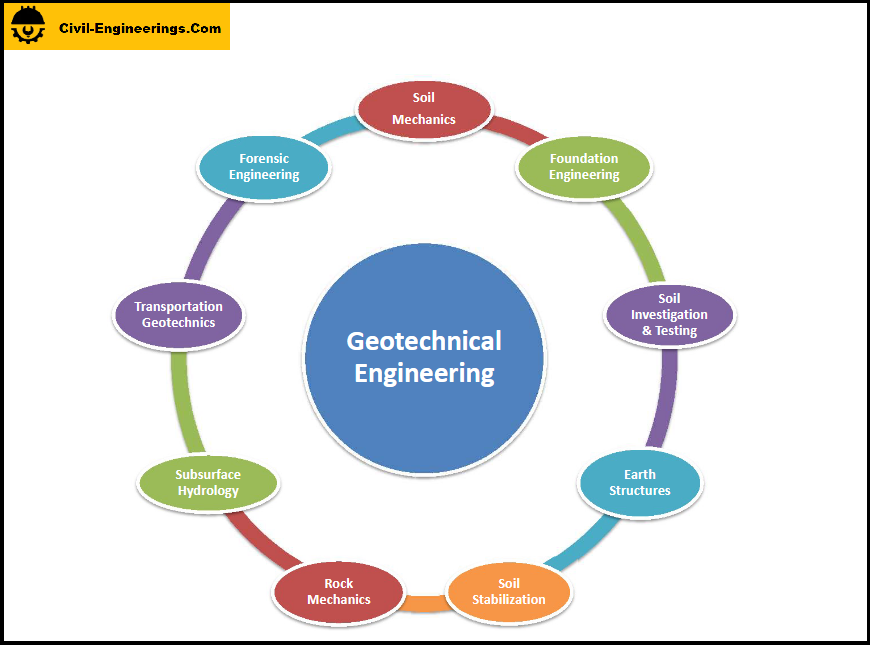More About Geotechnical Engineering For Construction Projects
Some Known Facts About Geotechnical Engineering For Construction Projects.
Table of ContentsOur Geotechnical Engineering For Construction Projects DiariesGeotechnical Engineering For Construction Projects - An OverviewUnknown Facts About Geotechnical Engineering For Construction ProjectsGeotechnical Engineering For Construction Projects Things To Know Before You Get ThisLittle Known Questions About Geotechnical Engineering For Construction Projects.
Consequently, throughout the investigation, it is essential to pierce at the needed deepness and the called for number of holes based on the referral of the Canadian Foundation Layout requirement. In some cases, the owner could save some Geotechnical Investigation expense however wind up investing greater than the expected during the building and construction expense.The obligations of the geotechnical specialist involve providing material screening for construction support. Geotechnical Engineering for Construction Projects. Geotechnical designers evaluate all the field test reports to guarantee that construction is going on as per the job requirements. Throughout building, a confirmatory test for soil compaction is done on-site to make sure that no future settlement happens
After the concrete is put -7 days and 28 days- tests are carried out on concrete examples accumulated from the site to ensure that the concrete poured fulfills the style requirement. Asphalt core is taken after the Asphalt is laid and compacted to confirm that it satisfies the style requirement. All lab test reports are evaluated by the Geotechnical Designer to make certain that it meets the task specification.
Not known Incorrect Statements About Geotechnical Engineering For Construction Projects

Geotechnical design plays an essential role in ensuring the stability of building projects. Learn how it influences design and total project success. Geotechnical engineering is a crucial branch of civil engineering that concentrates on comprehending the behavior of planet materials, such as dirt and rock. It involves evaluating subsurface conditions to make certain that a structure's foundation or framework is secure and protected.

For a dependable structure and a smooth building procedure, depend offer the know-how you require. Contact to get expert recommendations and geotechnical services tailored to your next task.
The Geotechnical Engineering For Construction Projects PDFs
When starting a land development task, recognizing the ground below your feet is as important as the frameworks you plan to develop over it. Our Geotechnical Design group analyse the ground, guaranteeing it is appropriate for the proposed growth while giving you with the information called for to fulfill your task objectives.
Geotechnical Design checks out the formation of the ground, as it is the foundation for all jobs. Where structures need to be designed with respect to the ground problems; ground problems (e.g., soft ground) might call for strengthening depending on the size of the desired framework. Before structure, you require to understand about the groundwater, dirt framework, and liquefaction chance of your land.
For websites that are not attached on the local authority facilities additional website investigations would certainly be called for to offer technical inputs for on-site stormwater and wastewater. We have actually experienced Geotechnical Engineers based in each office, supporting your geotechnical needs nationwide. Get to out to us to discuss exactly how we can sustain your next task.
These reports are customized to meet the details demands of a task and include layout parameters and suggestions for the building of a series of man-made frameworks. As offering working as a consultant solutions covering areas such as incline stability and load-bearing capacities for various products, these designers embark on study and advancement activities to improve methods, equipment, materials knowledge and evaluation covering whole lifecycles.
Facts About Geotechnical Engineering For Construction Projects Revealed

Prices of pay generally raise as your expertise and skills expand, with standards pointing to a graduate beginning wage of in between 18,000 and 28,000 per year in the UK. This increases to 26,000 to 36,000 with a couple of years of experience and then reaching 40,000 to 60,000+ for senior, legal or master designers.
With the best application it is possible to master the career and gain entrance to a tough yet imp source fulfilling and important profession. A geologist would require to re-train to end up being a geotechnical engineer, although there is lots of cross-over between both careers, which might make this much easier - Geotechnical Engineering for Construction Projects. Geologists require to have an understanding of dirts, rocks and various other products from a clinical perspective, while geotechnical designers story news their expertise of issues such as dirt and rock technician, geophysics and hydrology and use them to engineering and environmental tasks
When starting, these designers will certainly often tend to deal with less complicated tasks, building up expertise and experience prepared for even more challenging job later. Geotechnical designers often tend to specialise in specific areas as they grow in experience, concentrating on particular frameworks such as railways, roadways or water. These engineers additionally function with renewable resource, offshore and onshore oil and gas, nuclear power, and a lot more.
See This Report on Geotechnical Engineering For Construction Projects
The time taken to end up being a geotechnical engineer depends on where you are based, where you research study and what level of education you want to acquire before getting in the work environment. Generally-speaking it takes 3-4 years to get to the fundamental requirements to begin a job as a geotechnical engineer.
These operations enable specialists to examine a host of soil auto mechanics including weight, porosity, void-to-solid bit proportion, permeability, compressibility, optimum shear stamina, birthing capacity and deformations. If the structure requires a deep foundation, right here engineers will make use of a cone penetration examination to estimate the quantity of skin and end bearing resistance in the subsurface.
When examining a slope's equilibrium of shear anxiety and shear stamina, or its capability to endure and go through activity, rotational slides and translational slides are commonly taken into consideration. Rotational slides fail along a curved surface, with translational slides occurring on a planar surface area. A specialist's goal is to figure out the problems at which a slope failing can happen.
Typically, findings recommend that a website's soil ought to be treated to boost its shear strength, tightness and permeability prior to layout and building. When it comes time to outline foundation strategies, experts are increasingly concentrated on sustainability, more especially exactly how to lower a foundation's carbon impact. One strategy has been to replace 20 percent of a foundation's cement with fly ash, a waste product from coal fire power plants.